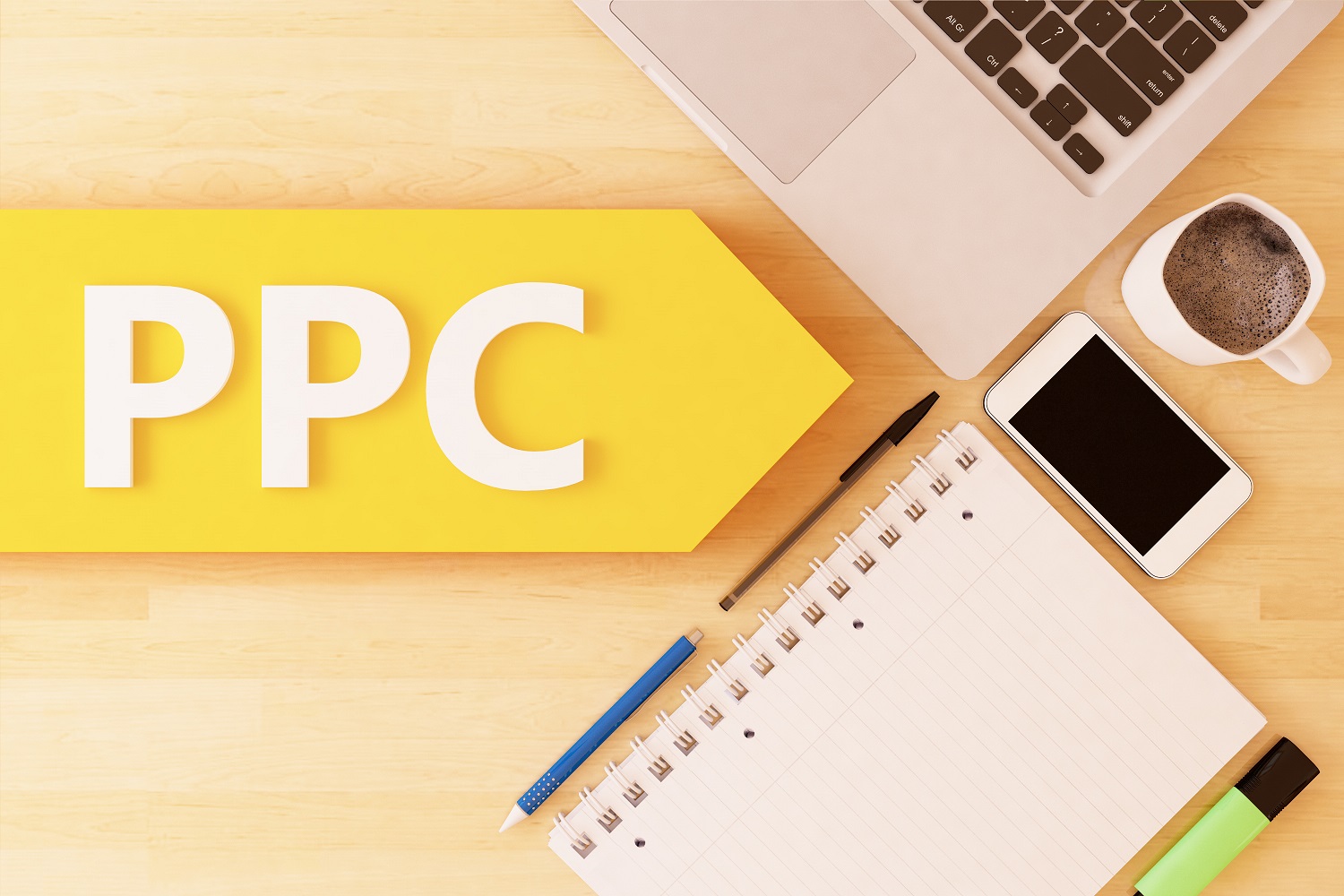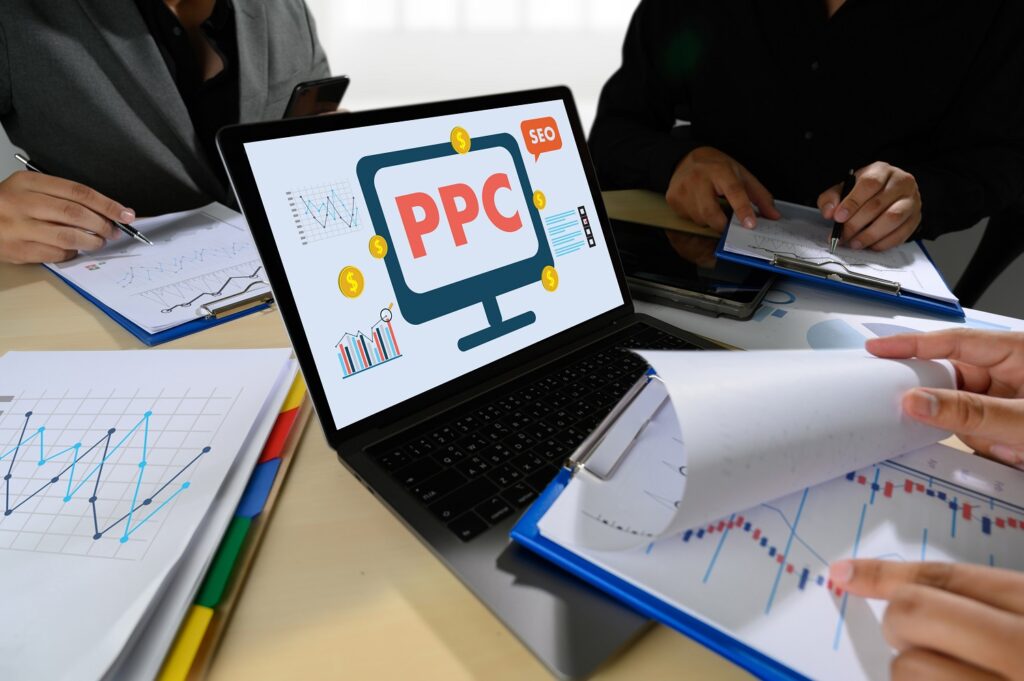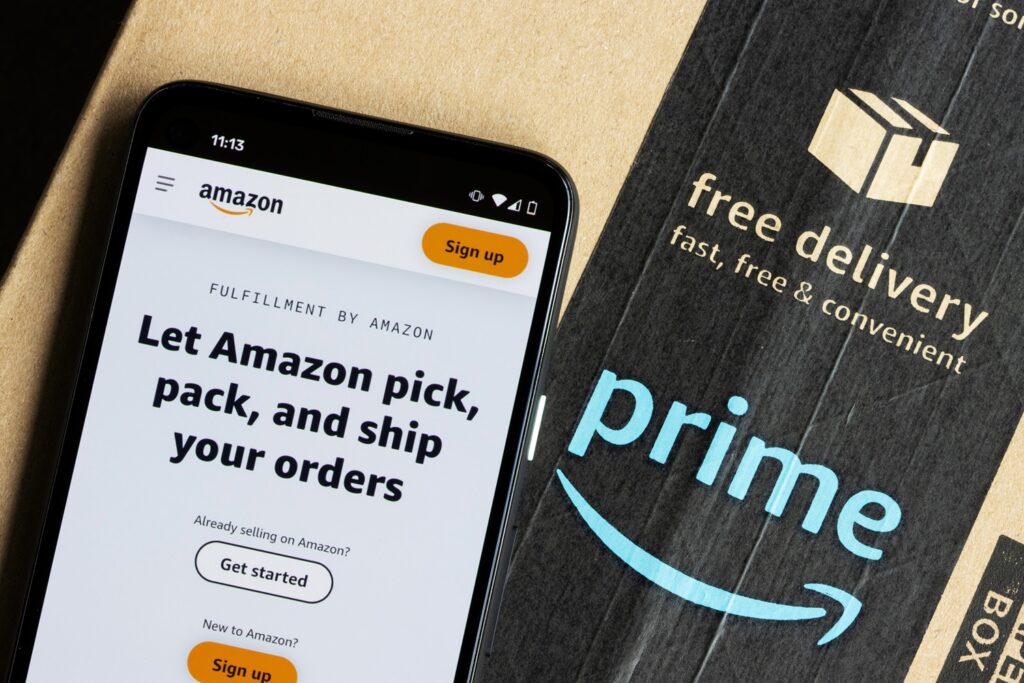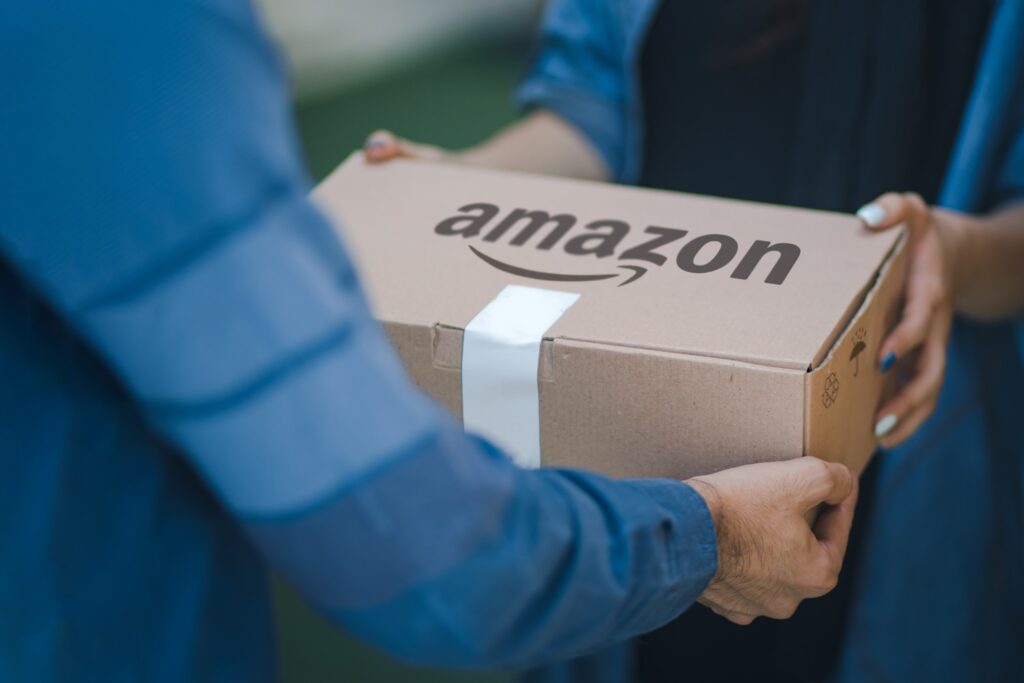What Is Amazon PPC?

Are you thinking of increasing your product sales on Amazon? Amazon PPC might be what you need. Amazon’s advertising tool enables you to create ads that alluringly pop up just when a potential customer is purchasing products similar to yours. You only pay a small fee whenever someone clicks on your ad, which thus makes your product much more visible and generates more clicks and after-sales.
Continue reading to find out everything there is to know about Amazon PPC including how it works, what kinds of campaigns you can run, and much more.
What is Amazon PPC and how does it work?
Amazon PPC, or pay-per-click, is one of the advertising methods offered by the service to the sellers. With the help of this service, the seller can promote their products on Amazon. The ad featuring PPC can be seen on focus places like search results and product detail pages. The best thing about Amazon’s pay-per-click is that you only have to pay only if someone clicks on the ads.
How it works is: First, you make a campaign involving the product you want to promote. You work on a budget and bid on the keyword list relevant to the product, so when the search applies this keyword, the ad has the potential to show. If the buyer clicks the ad, they will be directed to your selling page, and you have to pay the bid you made earlier for that click.
PPC helps increase the product’s visibility and presence on Amazon and can help drive more sales. One of the best ways to advertise through Amazon is PPC since this is directly targeting the buyer searching for a similar product like yours. By carefully selecting your keywords and managing your bids, you can control your advertising costs and optimise your campaigns for the best results.
What are the three types of Amazon PPC campaigns?
There are three different types of Amazon PPC campaigns you can choose from, depending on your individual needs and goals:
Sponsored Products
The most common type of Amazon PPC is Sponsored Products campaigns. These ads show up in search results and product pages. Sponsored ads seem pretty much the same as regular product listings except for the fact that they are marked as “Sponsored.”
With Sponsored Products, you handpick the products you want to advertise and bid on the keywords you believe are most relevant. That’s how, when a shopper types in the keywords you bid for, your ad has a chance to be on top. For single-product promotions, this is an excellent solution for raising brand and product awareness.
Sponsored Brands
Sponsored Brands were formerly known as Headline Search Ads, and they are meant to spread your brand and a portfolio of one or more products. They are displayed above the search results alongside a prominent headline, logo, and a few different products, helping you to stand out from the competition.
Sponsored Brands campaigns can help you increase your brand visibility, driving consumers to a custom-built product detail page or your Amazon shop. They’re a great tool for quickly building brand recognition, which can translate into a sales boost for your products.
Sponsored Display
Sponsored Display is tailored to both on-platform and off-platform shoppers. You may find such ads on product information pages, customer review pages, and even third-party pages. Sponsored Display utilises Amazon’s audience solutions to show shoppers who have previously visited your products or products that are similar to them.
This campaign is intended to remarket promising clients as it raises the brand’s awareness and eventually helps you sell. It ensures that the products remain in the minds of the clients who are interested and who even after they’ve left Amazon.

How to create an Amazon PPC campaign?
Creating an Amazon PPC campaign is pretty simple. All you need to do is follow these steps:
Choose your campaign type
Sponsored Products, Sponsored Brands, or Sponsored Display. Each has different goals, so choose the best for your purpose. In the beginning, Sponsored Products is the best because it is the easiest to use and works effectively.
Log in to Amazon Seller Central
You must access your Amazon Seller Central dashboard. If you don’t have an account, create one. When logged in, find Campaign Manager under the Advertising tab.
Create a new campaign
Press the “Create campaign” button and choose which campaign you want to create. For this example, we’ll choose Sponsored Products.
Set your campaign parameters
Use keywords that describe the purpose of the campaign. Establish the daily budget, which is how much you want to spend per day. Set the campaign start and end date, or leave it running indefinitely.
Choose your targeting
You have two options in this step, automatic or manual targeting. If you are a beginner, you can allow Amazon to choose the keywords for you through the automatic one. The manual targeting option will need you to insert your keywords, and you can set your bids. Setting a high bid means that the ad will show up more when the keywords are entered.
Select your products
Choose the products that you want to advertise. You can choose one product or as many as you would like. Ensure that you choose the best-optimised products that have highly defined images, clear descriptions, and competitive prices.
Create your ad
For Sponsored Products, this step is very easy. Amazon will automatically generate an ad using your product’s existing listing. Therefore, all you need to do at this stage is review your choices.
Launch your campaign
Go through your ad once again and ensure that there is nothing that you missed. Once you are sure, click “Launch campaign” to load it. Your ad will go live a few hours after that.
Monitor and optimise
After your campaign is running, do not stop there. Keep checking your performance through the Campaign Manager. The important metrics can include your impressions, the number of clicks and sales. Optimise your campaigns by changing your keywords and bids according to their performance.
How much does Amazon PPC cost?
Similarly to the case with SEO, the expenses you must use to run Amazon PPC can vary widely. It depends on one’s budget, the sum of their bids, and how competitive the keywords they selected are. The daily budget is the maximum you are ready to pay per day, whereas a bid is the sum you are charged every time a person clicks on your ad.
The CPC (costs-per-click) may start from a couple of cents and climb up to several dollars, again, depending on the difficulty of the keyword. You can adjust the expenses by managing your bids and looking at how well it is performing.

How long does it take for Amazon PPC to work?
Amazon PPC can start producing results fairly fast—usually within several days. However, depending on your product, competition, the effectiveness of your campaign settings, etc., it could take a few weeks to understand the full impact.
At the very beginning, you might notice the increased visibility and more clicks; however, you won’t achieve meaningful sales and a return on investment until several weeks of optimisation.
Continuously monitoring, adding, and excluding keywords and regularly updating your bids and ad placements can help speed it up. Still, you should expect to get a decent understanding of how the campaign is performing within 2-4 weeks.
How do I know if Amazon PPC is right for me?
Deciding whether Amazon PPC is the right choice for your business depends on several factors. Here’s a guide to help you determine if it’s a good fit:
Business goals
What are your business goals? If you want to raise product visibility, push more sales, create/improve brand awareness, or quickly get some traction for your new products, then Amazon PPC will have a great impact on achieving these goals. It works well for both newly launched and existing products. For “old” products, it can push sales dynamically and improve your product’s overall ranking on Amazon. Be sure to review your business’s financial capabilities before investing in PPC bids.
Budget
While what is spent on advertising is returned through the results generated by these ads, a new ad campaign may drain some of your resources before the results come in. However, with small budgets, results may still be realised. A small budget does not guarantee failure, but you can not count on fast results either. Follow the campaign throughout its journey and optimise accordingly.
Product competitiveness
Consider the competitiveness of your product. Certain goods have a high level of demand and excellent reviews, and Amazon PPC can still help you capitalise on them more. PPC is ideal if your product is in a highly competitive business since it gives you a competitive advantage. In other words, PPC is unnecessary when you operate in a niche business that others don’t, so you’re already visible without PPC.
Willingness to optimise
Any effective Amazon advertising method usually involves ongoing management, and Amazon PPC is no exception. There will be an increase in your return if you regularly monitor and make professional ad changes based on your campaign’s performance. Successful campaigns necessitate constant optimisation via data-driven adjustments.
Understanding of metrics
You should be familiar with numbers and data. Amazon PPC reports impressions, clicks, sales, and ACoS, among other items. Understanding these things allows you to make better judgments and improve the overall literacy of your campaign.

Summary
Amazon PPC is a powerful advertising tool that helps sellers promote their products on Amazon. By paying for clicks on your ads, you can increase your product’s visibility and drive more sales. There are three types of campaigns: Sponsored Products, Sponsored Brands, and Sponsored Displays. Setting up a campaign is straightforward and allows for budget control and ongoing optimisation. PPC could be a great fit if you’re looking to boost your Amazon sales.
Mercatus is a leading Amazon advertising agency that helps Sellers and Vendors supercharge their Amazon sales! Contact us to take your Amazon advertising to the next level.


